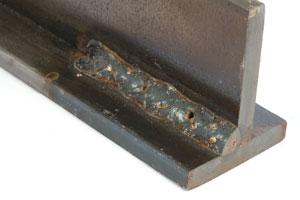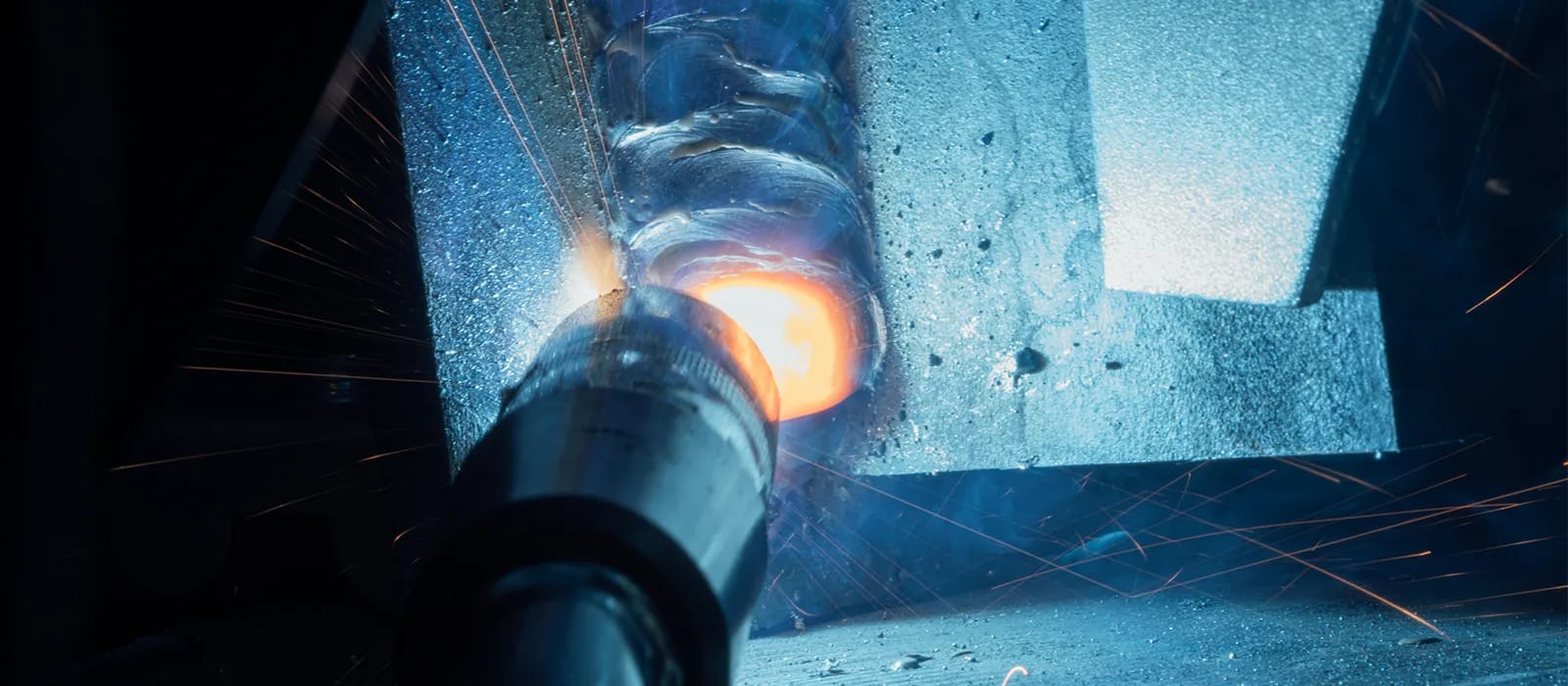Discover What is Porosity in Welding and Its Effect on Structural Integrity
Discover What is Porosity in Welding and Its Effect on Structural Integrity
Blog Article
Recognizing Porosity in Welding: Discovering Reasons, Results, and Avoidance Strategies
As experts in the welding sector are well mindful, understanding the causes, effects, and prevention strategies associated to porosity is critical for attaining durable and trusted welds. By delving into the origin triggers of porosity, analyzing its detrimental impacts on weld top quality, and exploring reliable prevention techniques, welders can boost their expertise and skills to generate premium welds continually.
Usual Reasons of Porosity
Porosity in welding is mostly triggered by a combination of elements such as contamination, inappropriate shielding, and poor gas insurance coverage during the welding process. Contamination, in the type of dirt, grease, or rust on the welding surface, develops gas pockets when heated, resulting in porosity in the weld. Inappropriate shielding occurs when the securing gas, generally made use of in processes like MIG and TIG welding, is not able to completely safeguard the molten weld swimming pool from reacting with the surrounding air, resulting in gas entrapment and succeeding porosity. In addition, insufficient gas coverage, typically due to incorrect circulation rates or nozzle positioning, can leave components of the weld unsafe, enabling porosity to form. These factors jointly contribute to the development of spaces within the weld, deteriorating its integrity and possibly causing structural concerns. Understanding and addressing these usual causes are crucial actions in avoiding porosity and ensuring the high quality and toughness of bonded joints.
Results on Weld Quality
The visibility of porosity in a weld can dramatically endanger the overall top quality and stability of the welded joint. Porosity within a weld produces gaps or cavities that weaken the framework, making it a lot more prone to splitting, deterioration, and mechanical failure.
Additionally, porosity can hinder the effectiveness of non-destructive testing (NDT) methods, making it challenging to discover other defects or interruptions within the weld. This can lead to substantial safety and security worries, especially in crucial applications where the structural stability of the bonded components is paramount.

Prevention Techniques Overview
Given the destructive effect of porosity on weld top quality, efficient prevention techniques are critical to maintaining the architectural integrity of bonded joints. One of the primary prevention strategies is extensive cleaning of the base materials prior to welding. Pollutants such as oil, oil, rust, and wetness can contribute to porosity, so making sure a clean work surface area is necessary. Proper storage of welding consumables in completely dry conditions is also essential to stop wetness absorption, which can lead to gas entrapment during welding. Furthermore, choosing the suitable welding criteria, such as voltage, current, and article source travel speed, can assist decrease the risk of porosity formation. Making certain adequate shielding gas flow and insurance coverage is another crucial prevention method, as inadequate gas insurance coverage can cause climatic contamination and porosity. Correct welder training and certification are essential for implementing preventive measures efficiently and constantly. By integrating these avoidance strategies into welding practices, the occurrence of porosity can be considerably reduced, leading to stronger and extra reputable welded joints.
Value of Proper Protecting
Proper protecting in welding plays an essential function in protecting against atmospheric contamination and making certain the integrity of welded joints. Protecting gases, such as argon, helium, or a mixture of both, are frequently made use of to secure the weld swimming pool from reacting with components in the air like oxygen and nitrogen. When these responsive elements come right into contact with the warm weld swimming pool, they can cause porosity, bring about weak welds with reduced mechanical residential properties.

Poor securing can lead to different problems like porosity, spatter, and oxidation, compromising the architectural honesty of the bonded joint. Consequently, adhering to proper protecting methods is necessary to create top quality welds with very little problems and guarantee the longevity and integrity of the welded elements (What is Porosity).
Surveillance and Control Techniques
Exactly how can welders efficiently check and regulate the welding process to ensure ideal results and protect against problems like porosity? One key approach is through making use of advanced surveillance modern technologies. These can consist of real-time monitoring systems that supply feedback on criteria such as voltage, existing, take a trip rate, and gas flow prices. By continuously checking these variables, welders can identify deviations from the suitable conditions and make instant adjustments to avoid porosity formation.

Furthermore, applying correct training programs for welders is important for straight from the source checking and controlling the welding process effectively. What is Porosity. Informing welders on the relevance of keeping constant specifications, such as appropriate gas shielding and travel speed, can assist stop porosity problems. Routine analyses and certifications can also guarantee that welders excel in surveillance and regulating welding processes
Furthermore, the use of automated welding systems can enhance surveillance and control capacities. These systems can precisely manage welding parameters, reducing the chance of human mistake and making sure constant weld high quality. By integrating advanced surveillance modern technologies, training programs, and automated systems, welders can successfully keep an eye on and control the welding procedure to lessen porosity problems and achieve high-grade welds.
Conclusion

Report this page